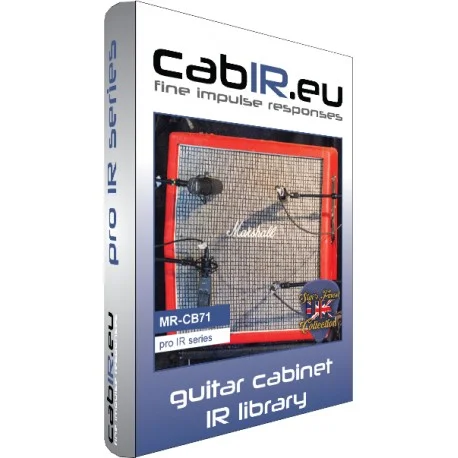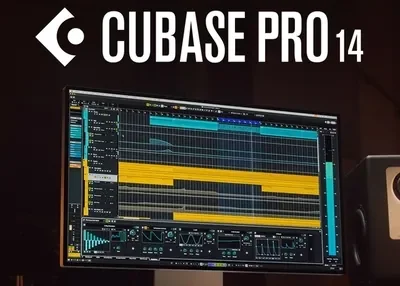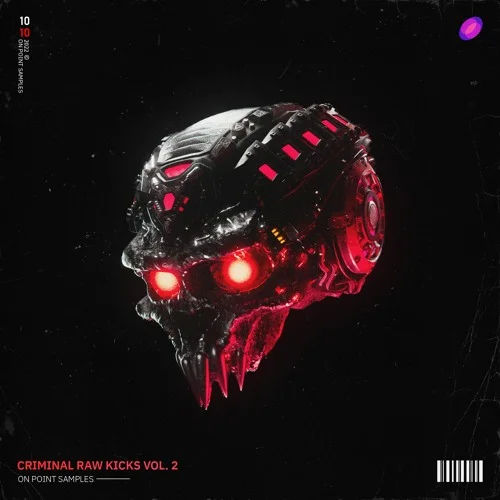Mastering Guitar Impulses: A Deep Dive into the 1971 Marshall 1960A Cabinet
For guitar enthusiasts and audio engineers, achieving the perfect tone often starts with high-quality equipment and precise recording techniques. One standout setup features guitar impulses captured at sampling rates of 48 kHz and 96 kHz, based on the iconic 1971 Marshall 1960A guitar cabinet. Paired with the legendary 1971 Celestion G12M25 speakers featuring the renowned ‘pulsonic cone,’ this configuration delivers unparalleled sound depth and clarity for both studio recordings and live performances.
Unpacking the Marshall 1960A Cabinet and Celestion G12M25 Combo
The Marshall 1960A cabinet is a cornerstone of classic rock and modern guitar tones. When combined with the Celestion G12M25 speakers, it offers a warm, punchy sound that has defined countless iconic tracks. By capturing guitar impulses at high sampling rates of 48 kHz and 96 kHz, producers can replicate this vintage tone with digital precision, making it a go-to choice for creating authentic Impulse Responses (IRs) in digital audio workstations (DAWs).
Top Microphones for Capturing Guitar Impulses
The quality of a recording heavily depends on the microphones used to capture the sound. This setup includes a carefully curated selection of industry-standard mics, each chosen for their unique ability to pick up the nuances of the Marshall 1960A guitar cabinet. Here’s a breakdown of the microphones utilized:
- Shure SM57: A dynamic mic known for its versatility and durability, ideal for close-miking guitar cabinets.
- Sennheiser e906: Perfect for capturing the raw energy of a guitar amp with a tailored frequency response.
- Sennheiser MD421: A classic choice for recording guitar tones with a wide frequency range.
- AKG C414 XLS: A condenser mic that excels in capturing detailed and transparent sound.
- sE Electronics X1R: A ribbon mic offering a smooth, natural tone for guitar recordings.
- Shure SM7B: Popular for its warm sound and excellent off-axis rejection.
- Sennheiser MD441: A dynamic mic with a supercardioid pattern for precise sound capture.
- Behringer ECM8000: A measurement mic often used for room calibration and impulse response creation.
- AKG C451: A small-diaphragm condenser mic for detailed and accurate recordings.
Using this diverse array of guitar cabinet microphones, audio engineers can experiment with different tonal characteristics to find the perfect match for their project.
Exploring Power Amp Voicing Options
The tonal flavor of your guitar impulses also depends on the power amp voicing settings. This setup offers three distinct options to shape your sound:
- Idealized-NULL-Amp: A neutral setting that provides a clean, uncolored base for your tone.
- Push-Amp: Adds a bit of grit and overdrive, perfect for rock and blues tones.
- Tube-Amp: Emulates the warm, harmonic-rich sound of classic tube amplifiers.
These voicing options allow for incredible flexibility, whether you’re crafting a pristine clean sound or a gritty, overdriven tone with your guitar recording equipment.
Why Sampling Rates Matter for Guitar Impulses
When creating digital Impulse Responses, the sampling rate plays a critical role in audio fidelity. Recording at 48 kHz offers a balance between quality and file size, making it suitable for most modern DAWs. On the other hand, 96 kHz provides even higher resolution, capturing finer details for professional-grade projects. Choosing between these sampling rates of 48 kHz and 96 kHz depends on your specific needs and the capabilities of your recording setup.
Conclusion: Elevate Your Guitar Tone with the Right Setup
Whether you’re a guitarist, producer, or sound engineer, leveraging high-quality guitar impulses from a setup like the 1971 Marshall 1960A cabinet with Celestion G12M25 speakers can transform your recordings. By experimenting with various guitar cabinet microphones and power amp voicing options, you can achieve a signature sound that stands out. So, dive into the world of guitar recording equipment and start crafting tones that inspire!


